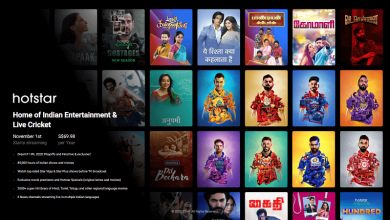5 Photo Editing Techniques That’ll Make Your Pics Look Professional

Many people commonly think that digital photo manipulation took off with Instagram. However, the truth is that digital photo manipulation has been around as long as there have been digital cameras!
Although photos straight from your camera album may look fine, you need to employ a few editing techniques to make your photos look like they were taken by a professional.
Understanding how to edit photos is a skill that applies to every field, from graphic design to real estate photography. It’s photo editing after taking a series of photos that make them perfect and memorable.
If you’re an aspiring photographer, graphic designer or editor, keep reading to learn five editing techniques you can use to level up and create aesthetic photos.
1. Cropping
One of the simplest but powerful photo editing tools is the cropping tool. You can use this editing technique to remove distracting elements, change the composition or even direct a viewer’s gaze to a specific focal point.
2. Retouching
The second technique is to retouch a photo using software like Photoshop. Retouching means you work on removing any flaws in a specific photo.
That may mean you want to adjust the lighting in photos, use a background remover to highlight your model or remove a speck of dust that landed on your lens. Ideally, retouching involves modest changes that result in a high-quality photo that gives them a unique look and an enhanced quality.
3. Saturation
When editing, you must understand the effect saturation has on the viewer. By definition, saturation is the purity of the color, and as it is increased, the color vibrancy and intensity increase as well.
Having the right amount of saturation can alter your photo’s composition and the mood you’re trying to portray. By using Photoshop or other photo editing software, you can saturate specific portions of your image or specific colors to draw attention. If you are facing a problem while capturing the best moment of your life then you should try Action Camera Flashlight by which you will be able to shot in low light condition or in other.
It’s also important to know when an image is oversaturated and ruins the photo. It’s easy to go overboard, so consider getting a second pair of eyes when you first begin altering saturation levels.
4. Contrast
Like saturation, contrast is an important editing technique that helps convey specific moods and creates dimension. The types of contrast you can use include:
- Color contrast to help your model or subject stand out from their background
- Tonal contrast to differentiate light and dark parts
- High contrast to create a distinction between the white and dark parts of your photos
- Low contrast to make an image “smoother.” It removes definition and clarity.
- Conceptual contrast to combine backgrounds and subjects that don’t make sense
- Textural contrast is to give a different texture to the subject than the background and emphasizes the focus on the subject
By understanding contrast, you can help direct a viewer’s focus and interaction with your photo by encouraging them to work on their imagination.
You can find more info here at: https://www.meidilight.com/category/technology/
5. Blurring
If you have text on top of a background, you may have run into the issue of having text that’s difficult to read. The solution to this problem is to create an uncluttered background by using blurring techniques. Blurring can range from relatively light where the background is still distinct to moderate blurring, where the background only has shapes you can barely recognize.
Editing Techniques
Photography is an art that requires employing editing techniques to bring out a photo’s full potential. Try using these editing techniques outlined above and let your imagination and creativity flow to create beautiful photos!
If you found this post helpful, check out some of our other recent blogs for more tips!



